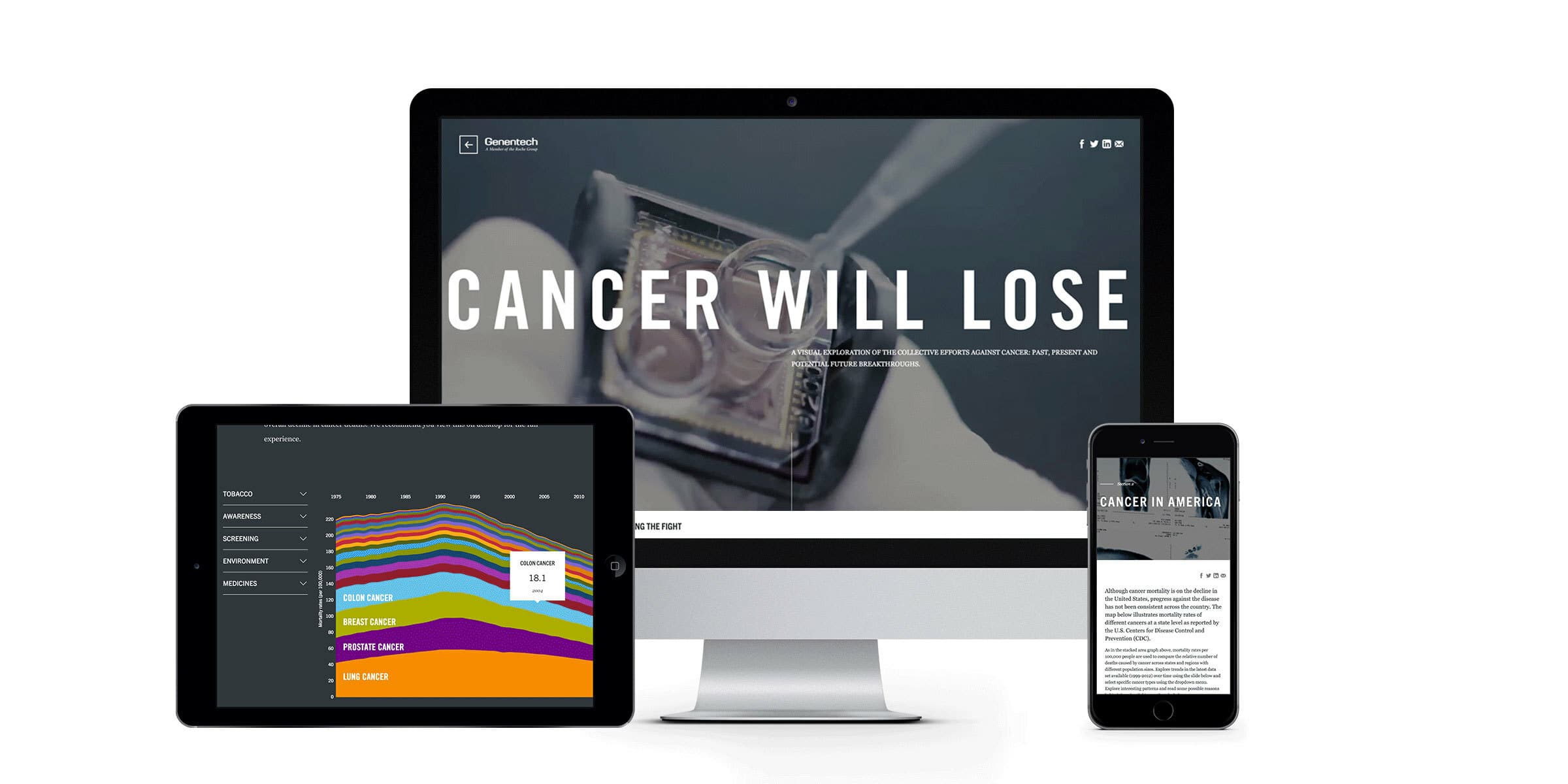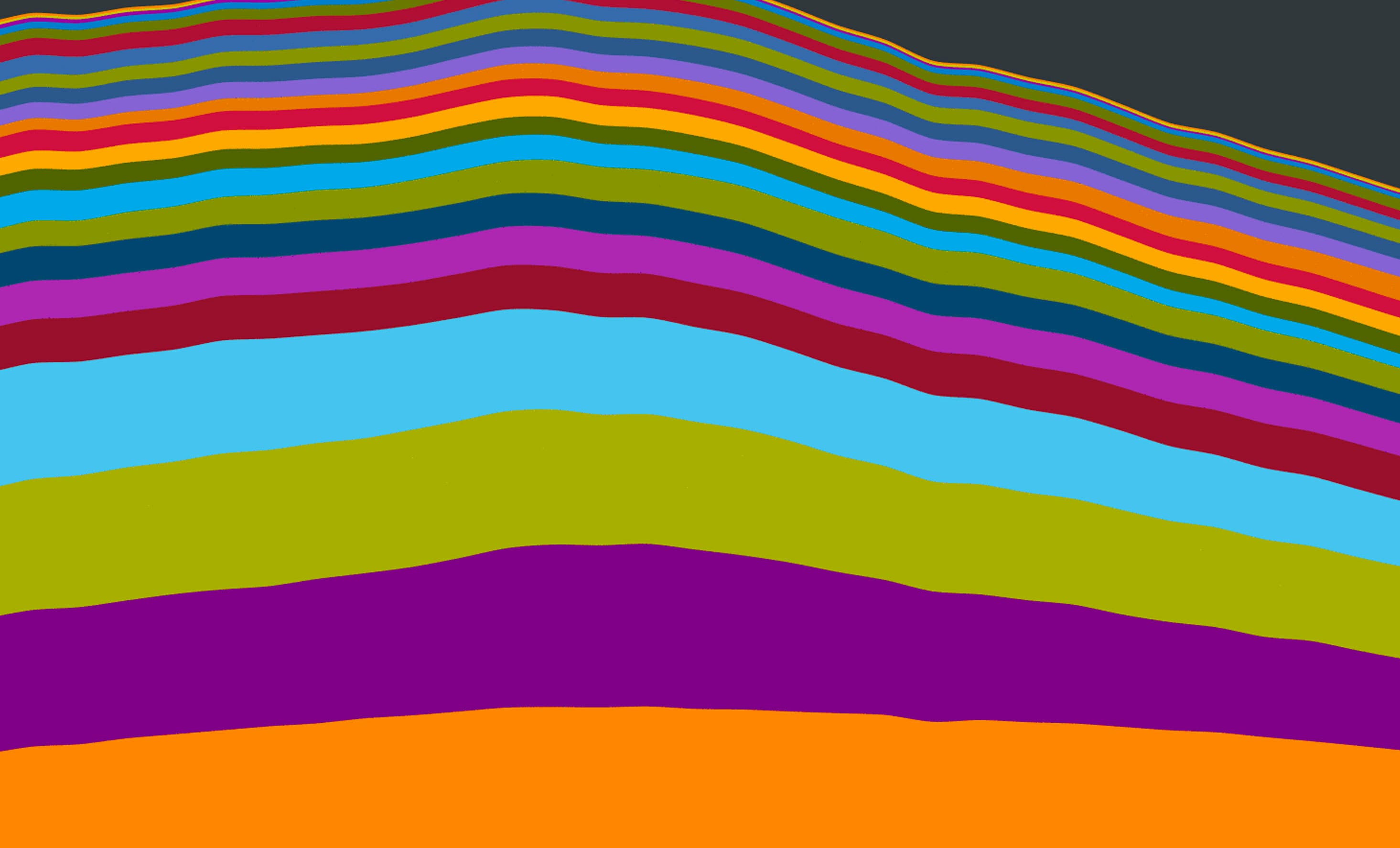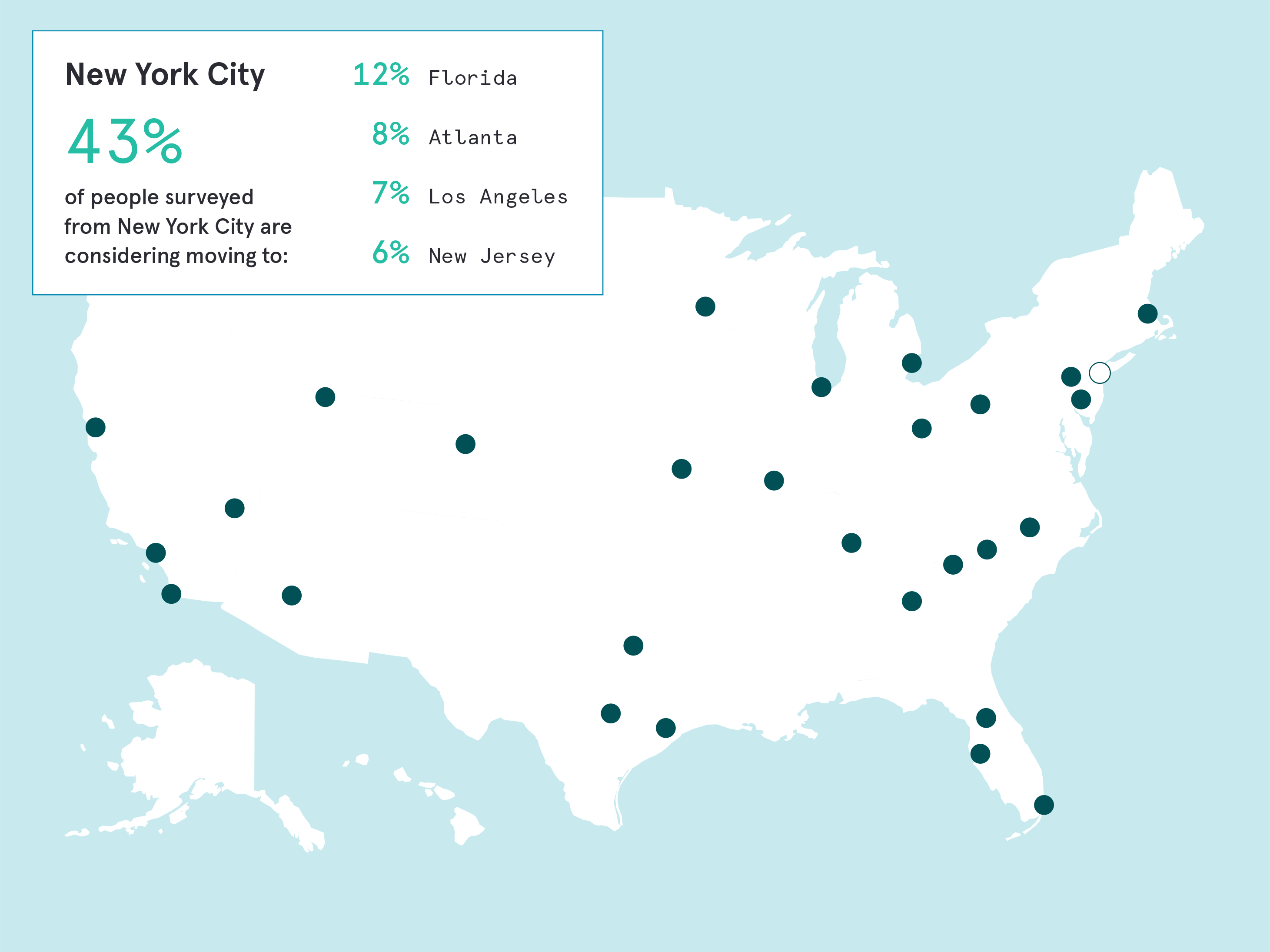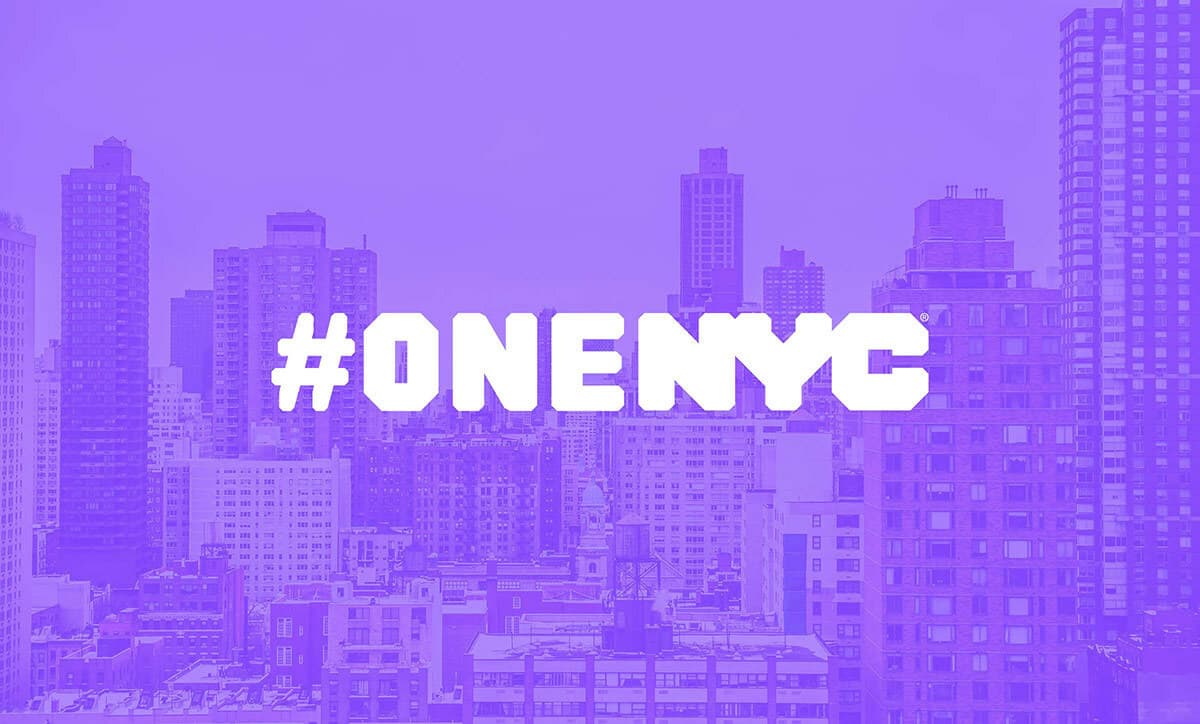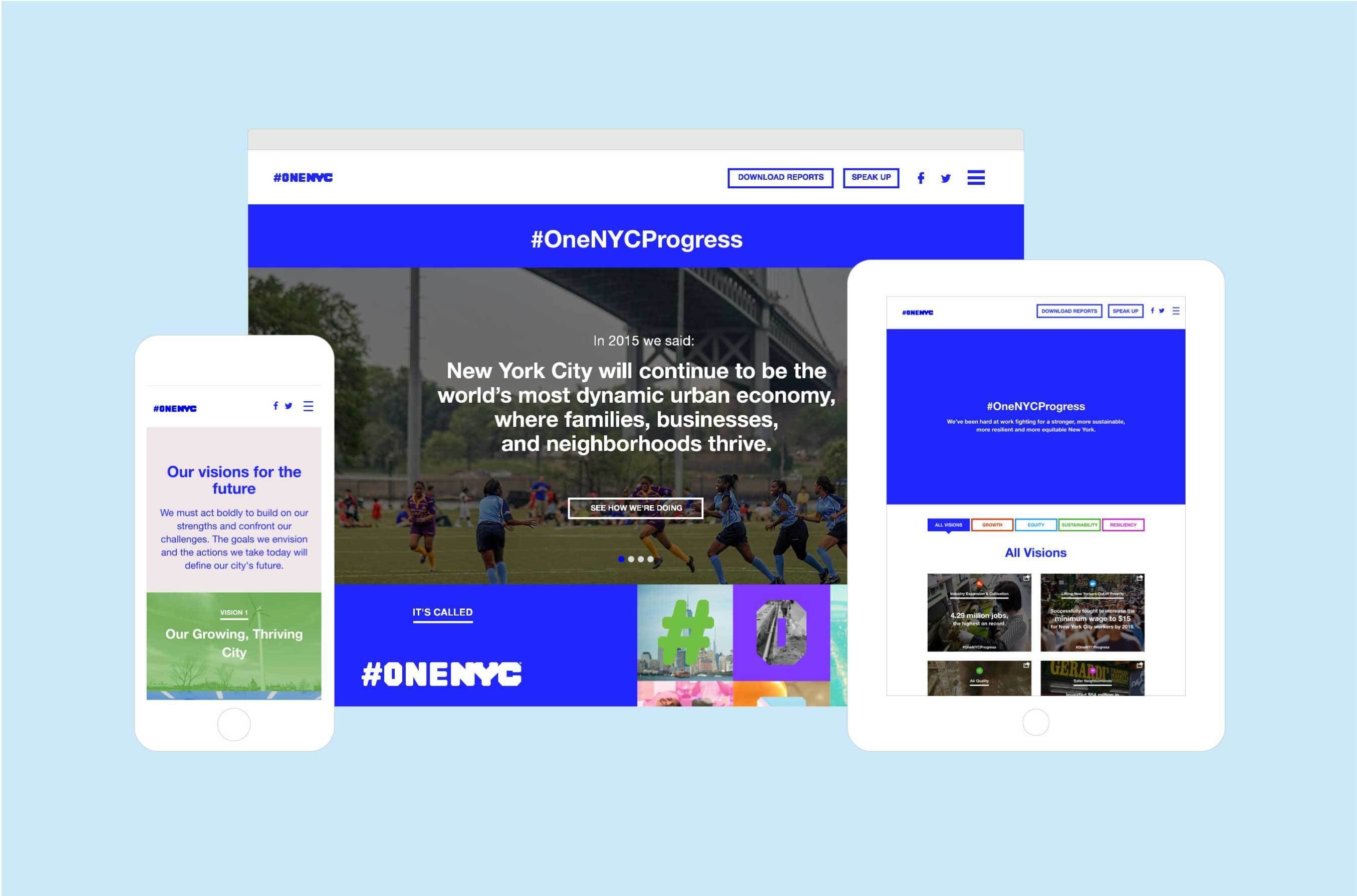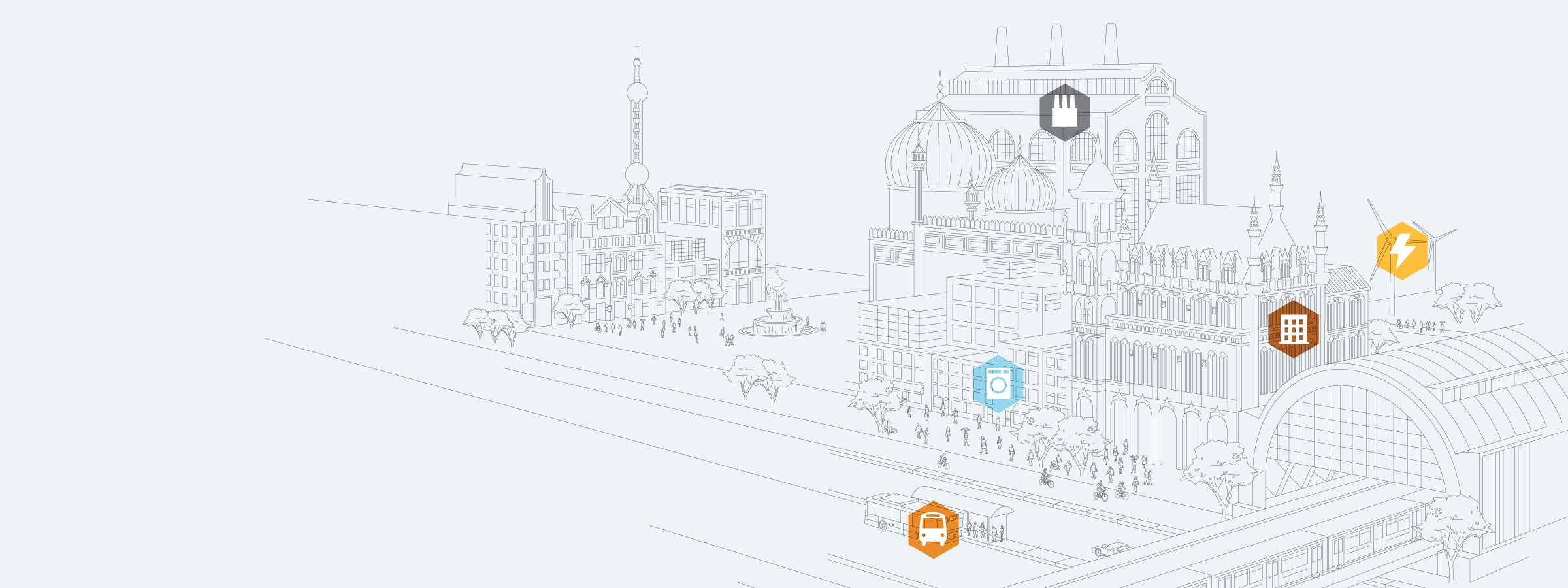
The challenge
How can more people gain access to secure, reliable, and affordable energy without exacerbating air pollution and the carbon dioxide emissions that cause climate chaos? How can world leaders help lift the next billion people out of poverty while conserving the natural resources needed for our survival?
These are the questions that the ClimateWorks Foundation seeks to answer. Founded in 2009, ClimateWorks is an international network that works to increase public understanding of climate chaos and to reduce carbon emissions. Over three years, Hyperakt worked with the foundation to translate its complex information into clear, policy-oriented design.
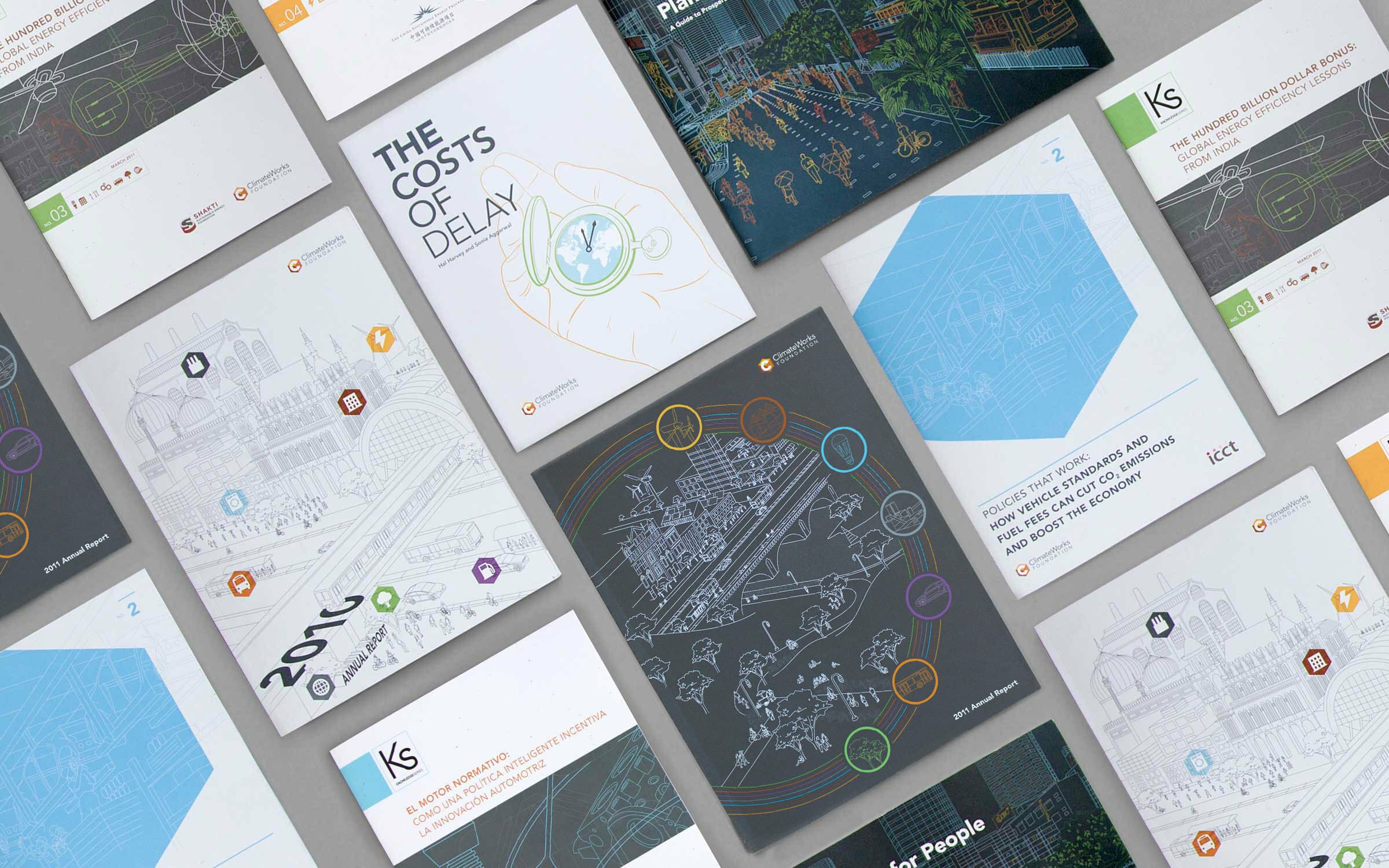
The opportunity
Hyperakt helped ClimateWorks define their visual voice across a half-dozen print publications spotlighting thinking from the world’s leading experts. Our graphic approach centered around visualizing Climate Works’ ultimate policy goal: to make our world a better place to live in. We designed a brand language that mirrored this utopic vision: clean, efficient, sustainable and equitable.
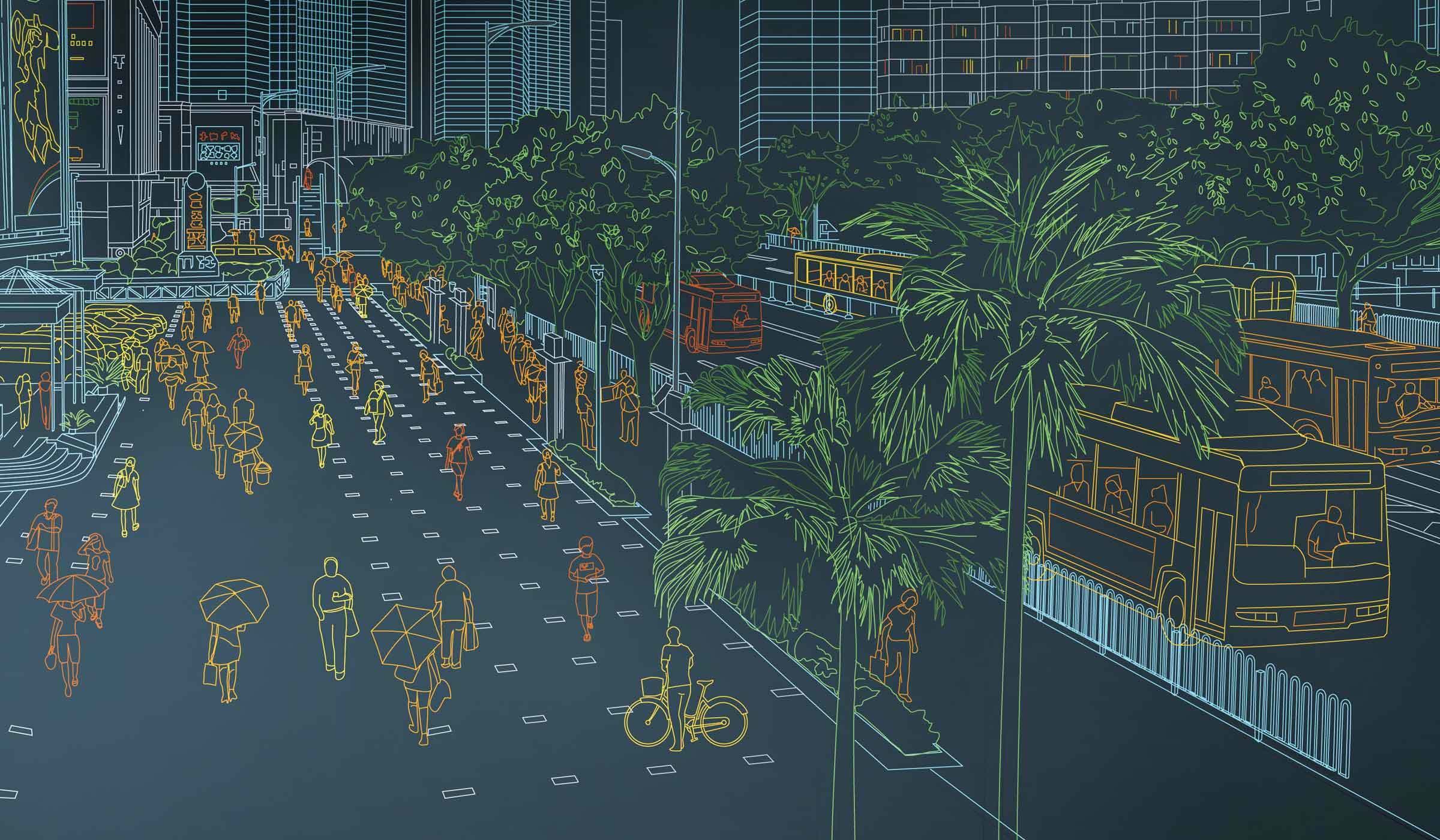
A pathway for the future
We used line drawings as a defining feature of ClimateWorks’ brand and communications, creating blueprints of ideal, sustainable cities and technologies. These illustrations combine architecture from around the world — merging train stations in Germany, skyscrapers in China, domed mausoleums in India with bus lanes, urban parks and bike paths. The functional and flexible style extends across multiple reports.
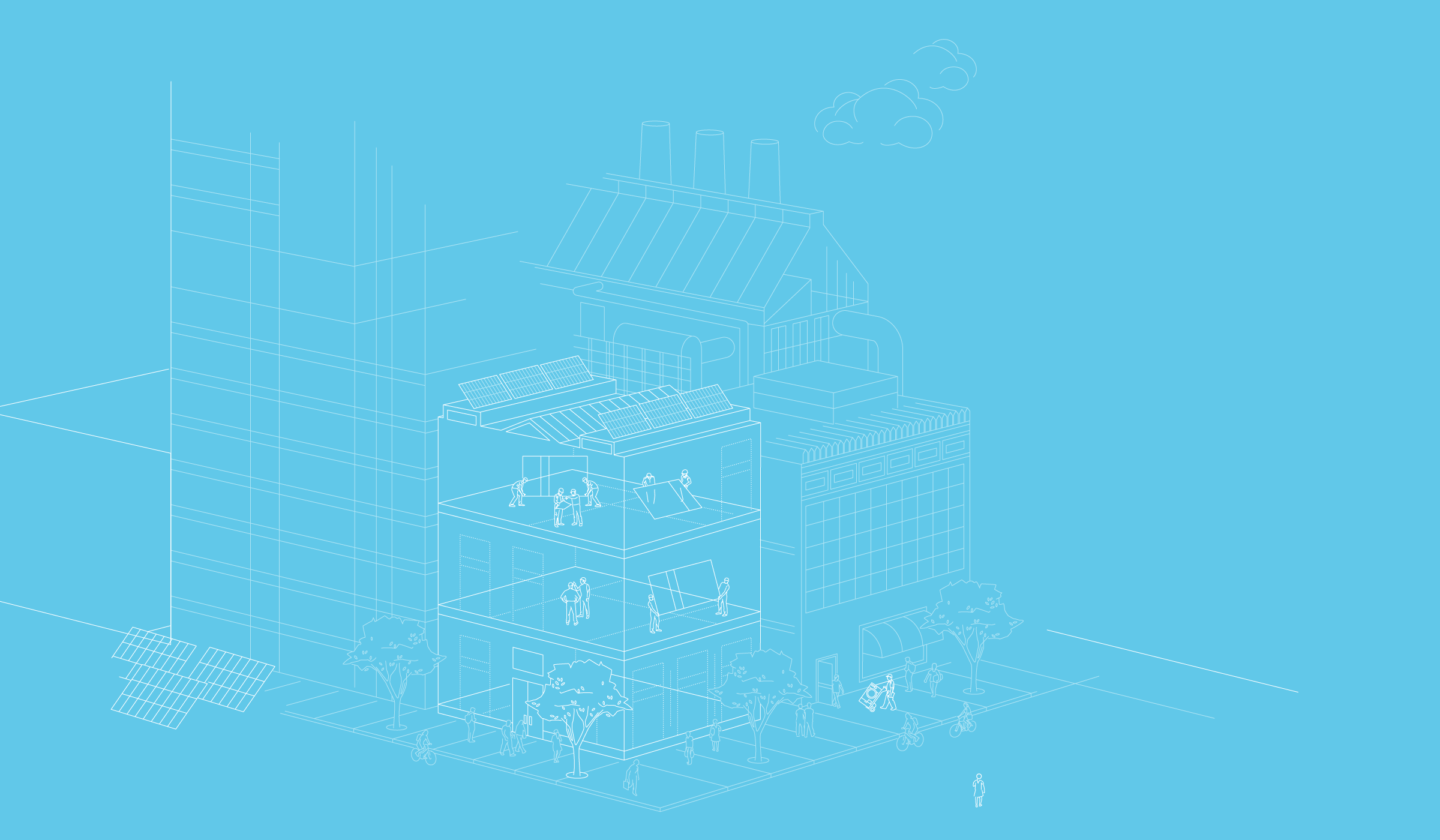
Focus on solutions
We defined ClimateWorks’ visual language with a set of custom icons and color palettes for each of their seven areas of focus. This unified vocabulary was applied across all of the foundation's documents. We used the seven icons to fully articulate what became a favorite teaching tool of ClimateWorks' founder Hal Harvey: ClimateWorks Sudoku. The chart shows the emissions reductions that are technically feasible in the world’s highest-emitting nations, regions, and economic sectors in the year 2030.
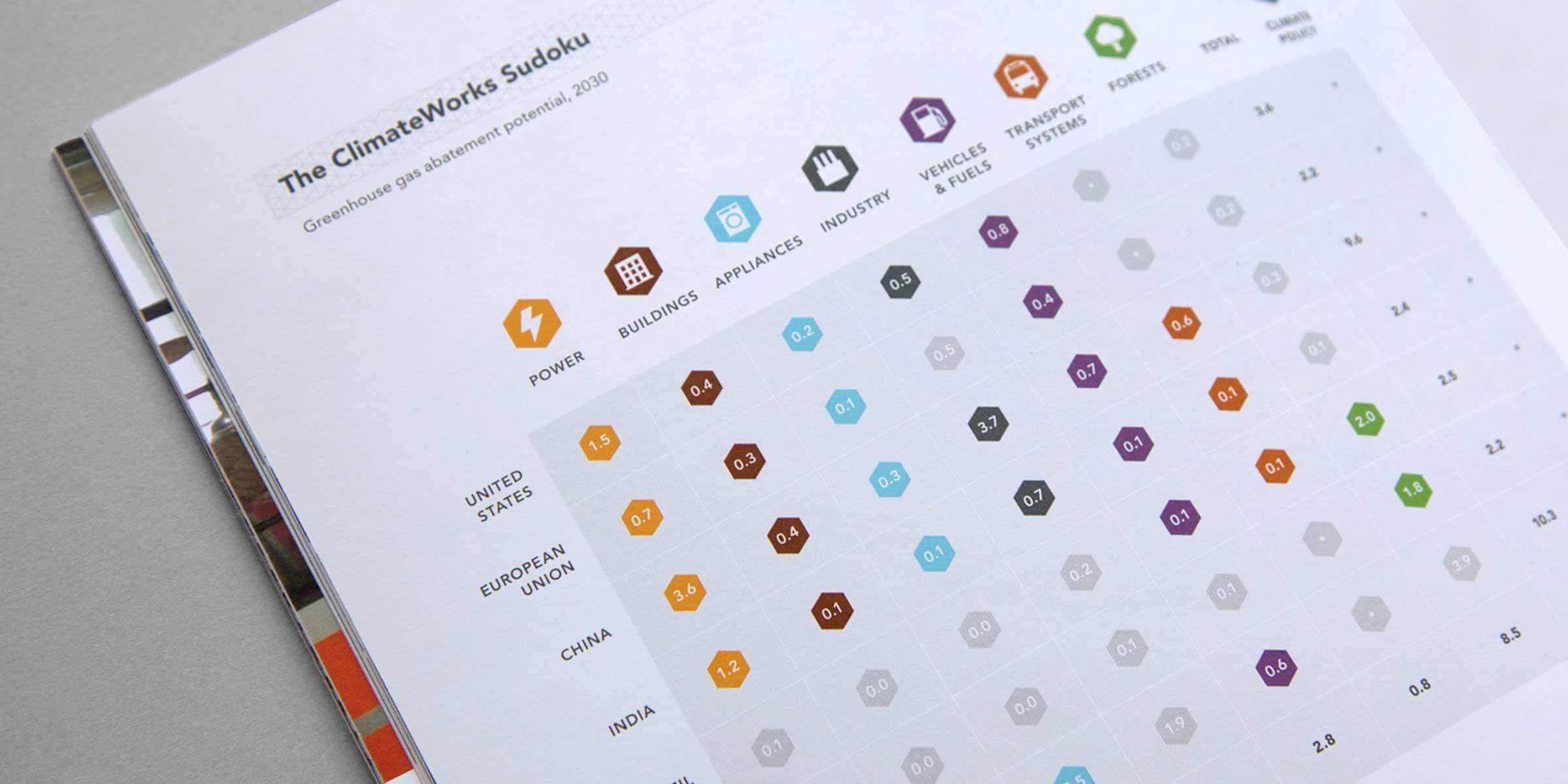
An advocate’s voice
The foundation needed to have a voice that could be loud and urgent, but also technical, digestible and inspiring. We worked within the organization’s typeface Avenir to find this balance. Our page layouts create visual hierarchy, emphasizing key findings with bold headlines and colors. Environmental policy never looked so fresh.
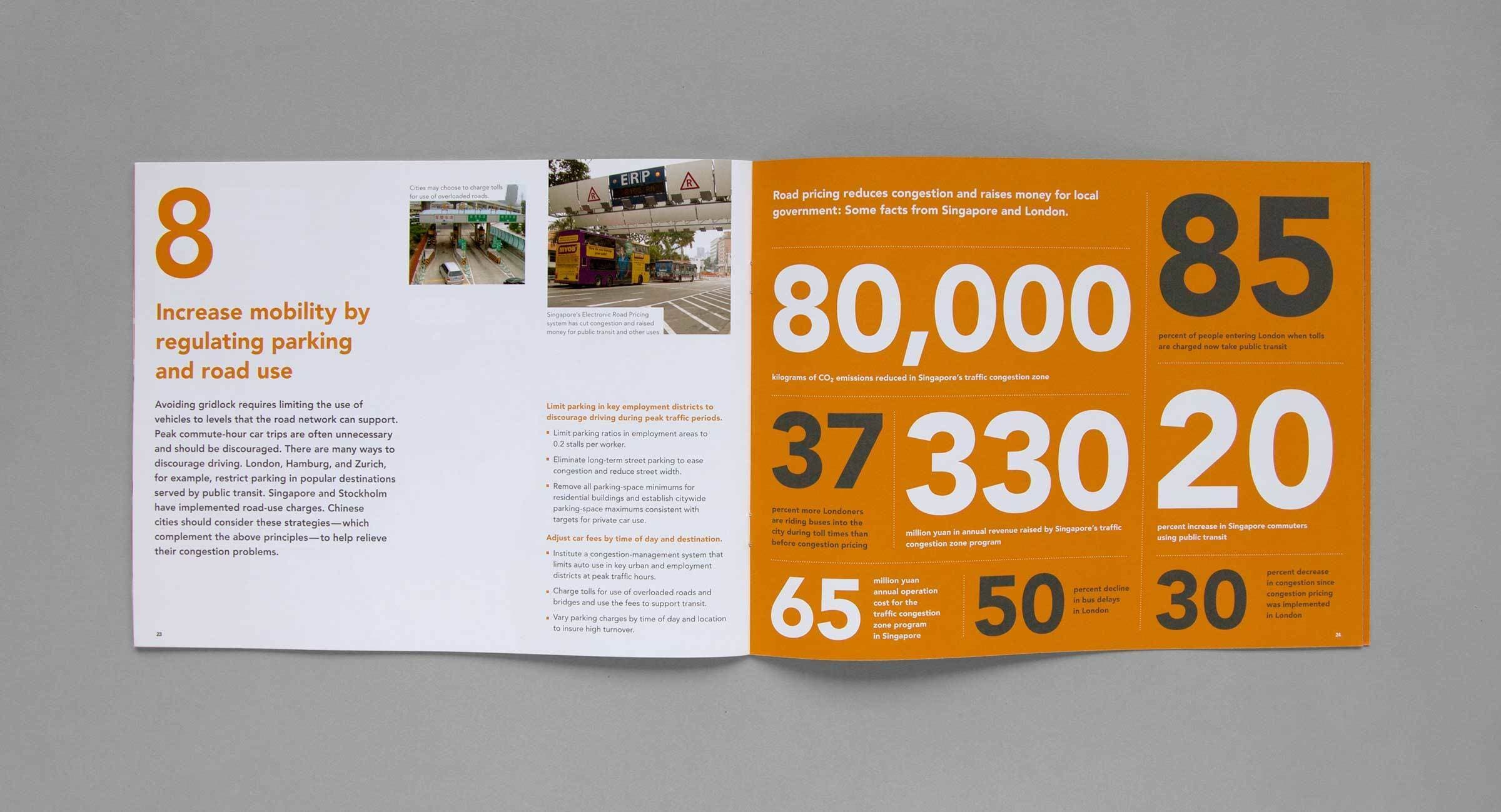
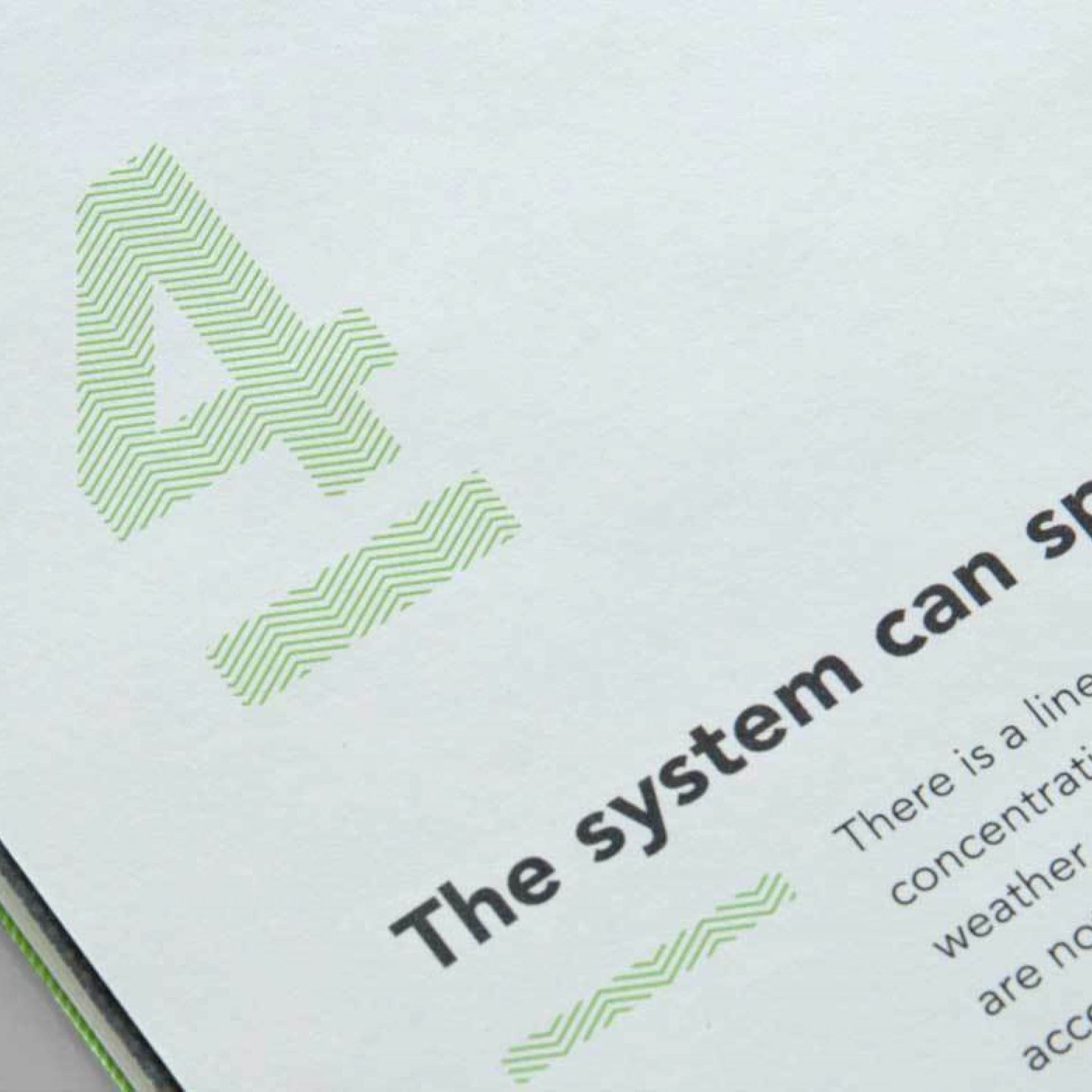
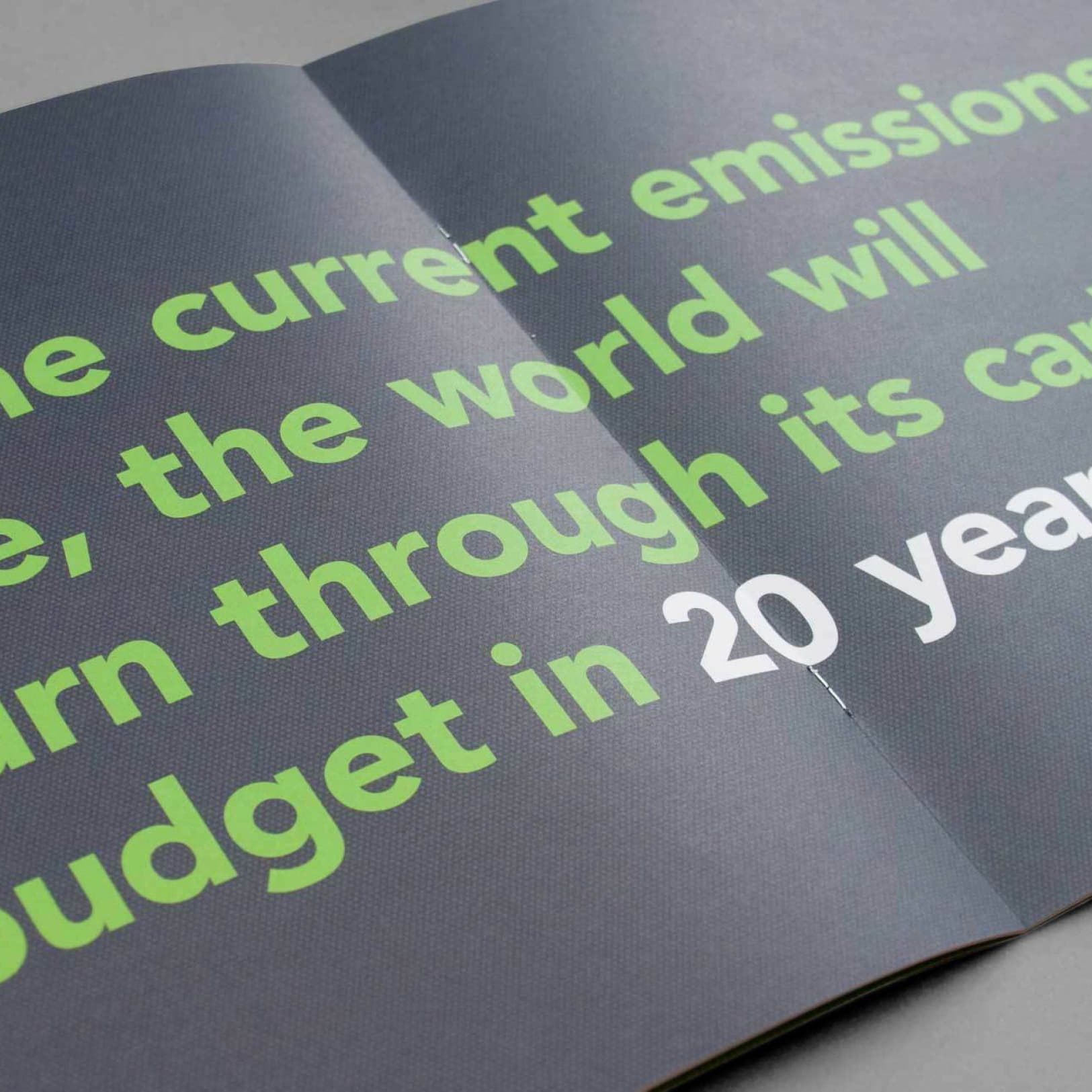
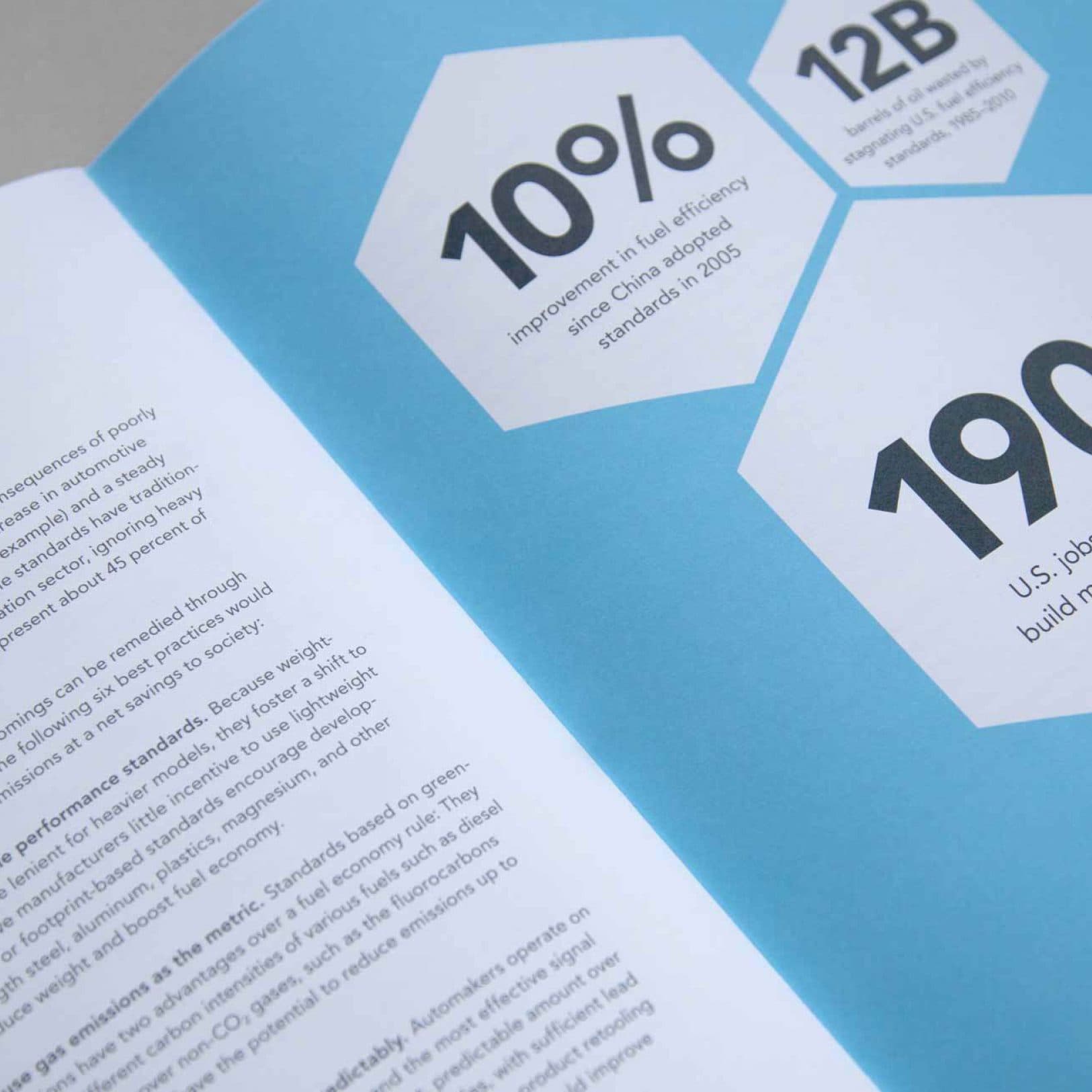
Ode to simplification
Perhaps our greatest challenge was in creating a unified style for ClimateWorks charts, graphs and system plans — and we designed over 100 of them. We worked with Climate Work’s partner experts to interpret technical drawings and system maps into accessible information. We brought forward key information, removed all non-essential data and combined multiple maps and charts into streamlined visualizations.
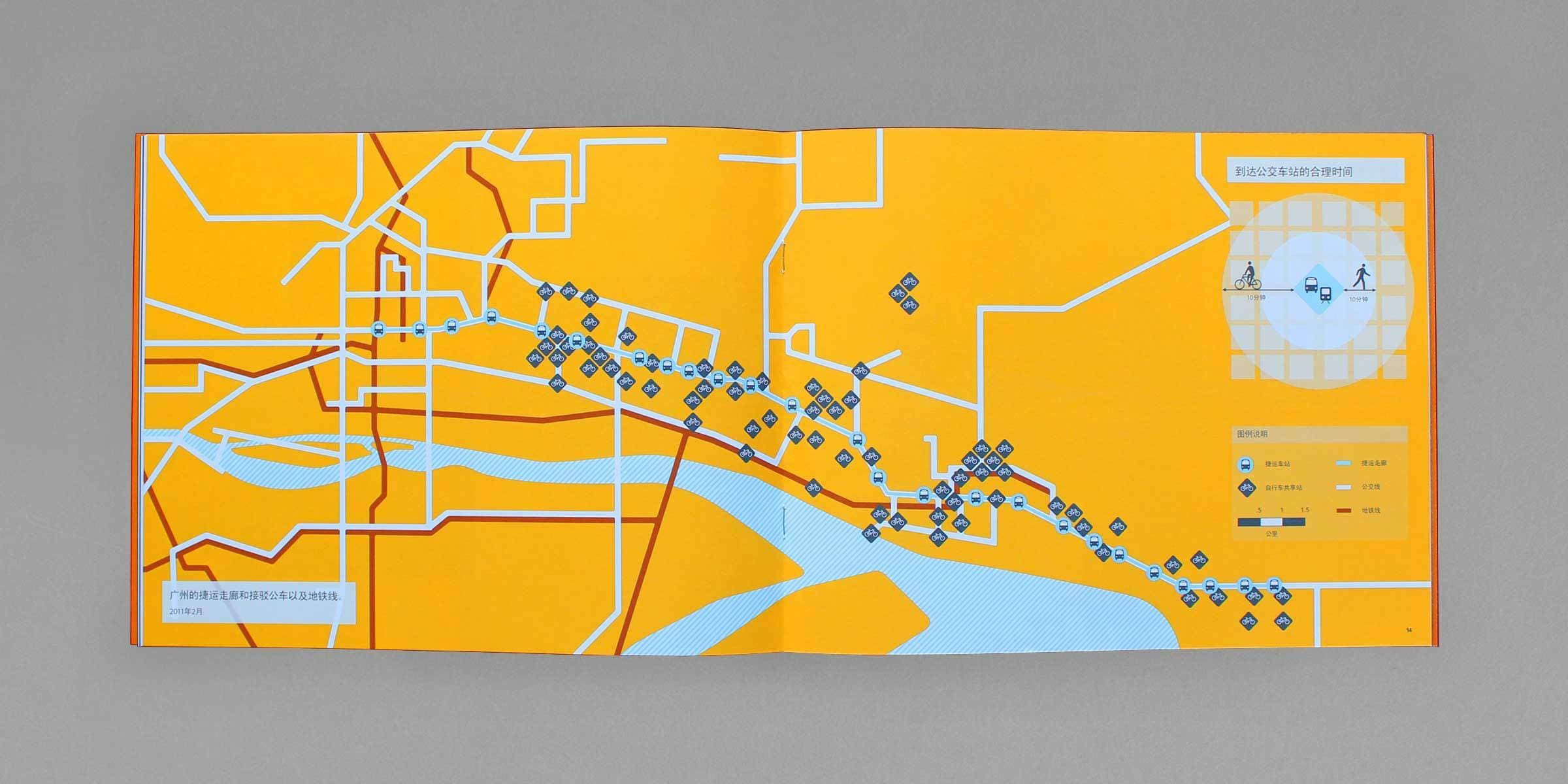
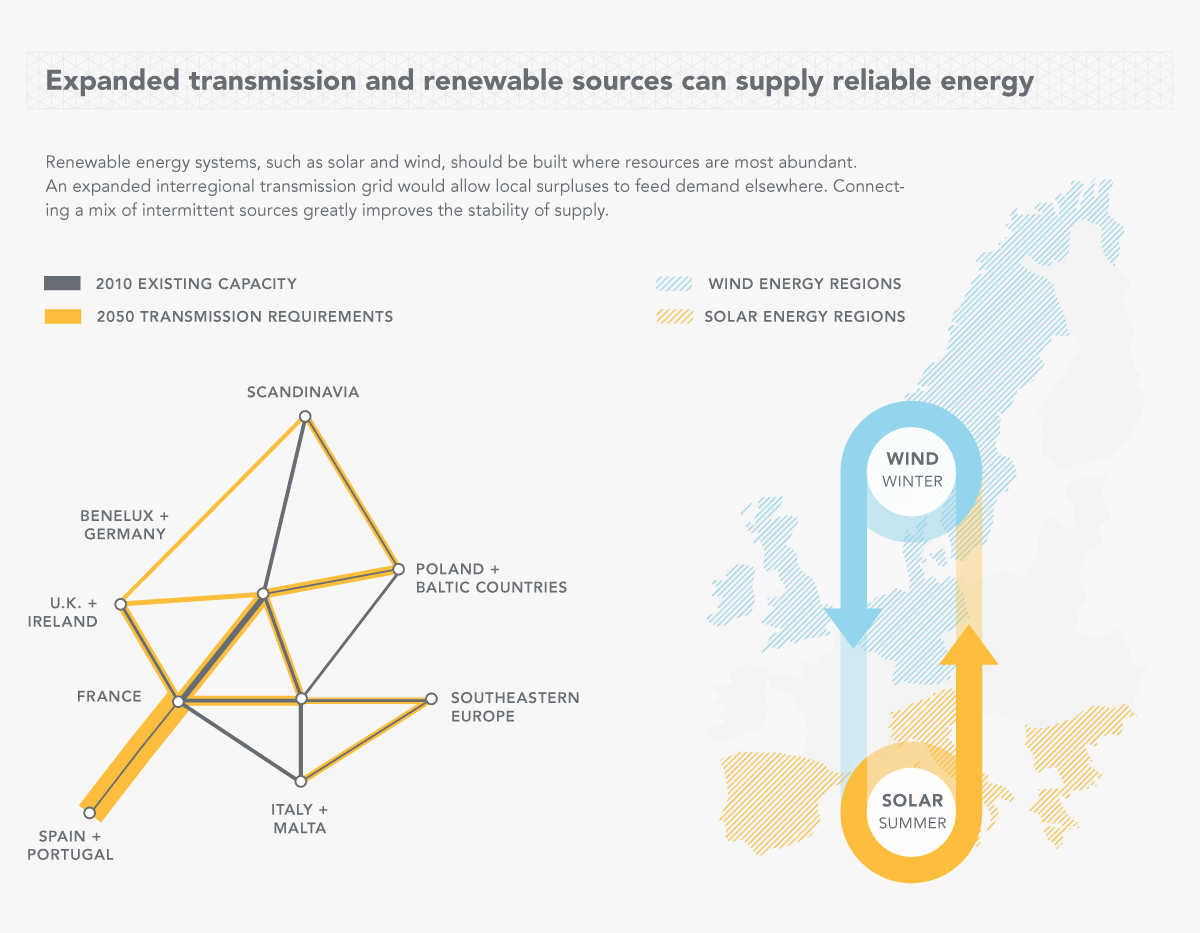
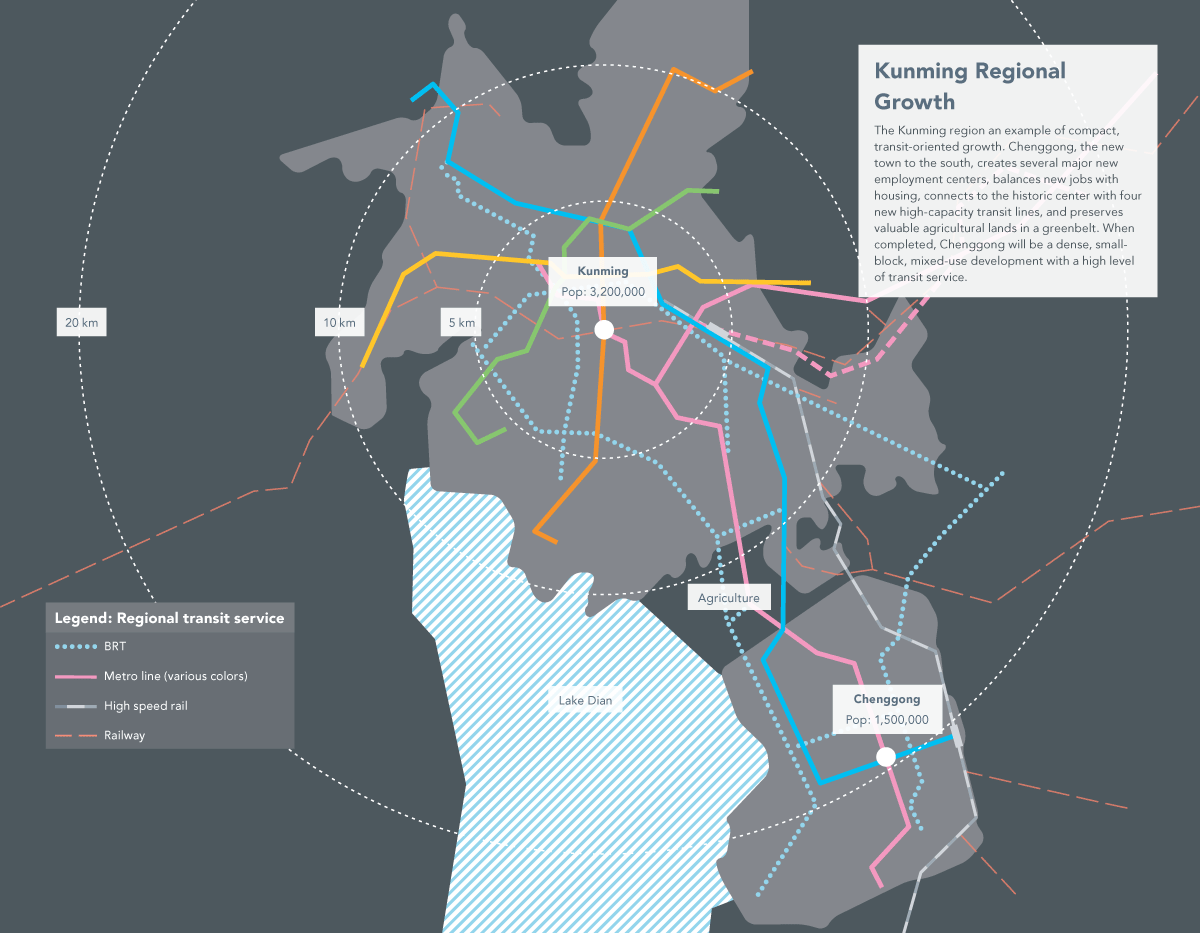
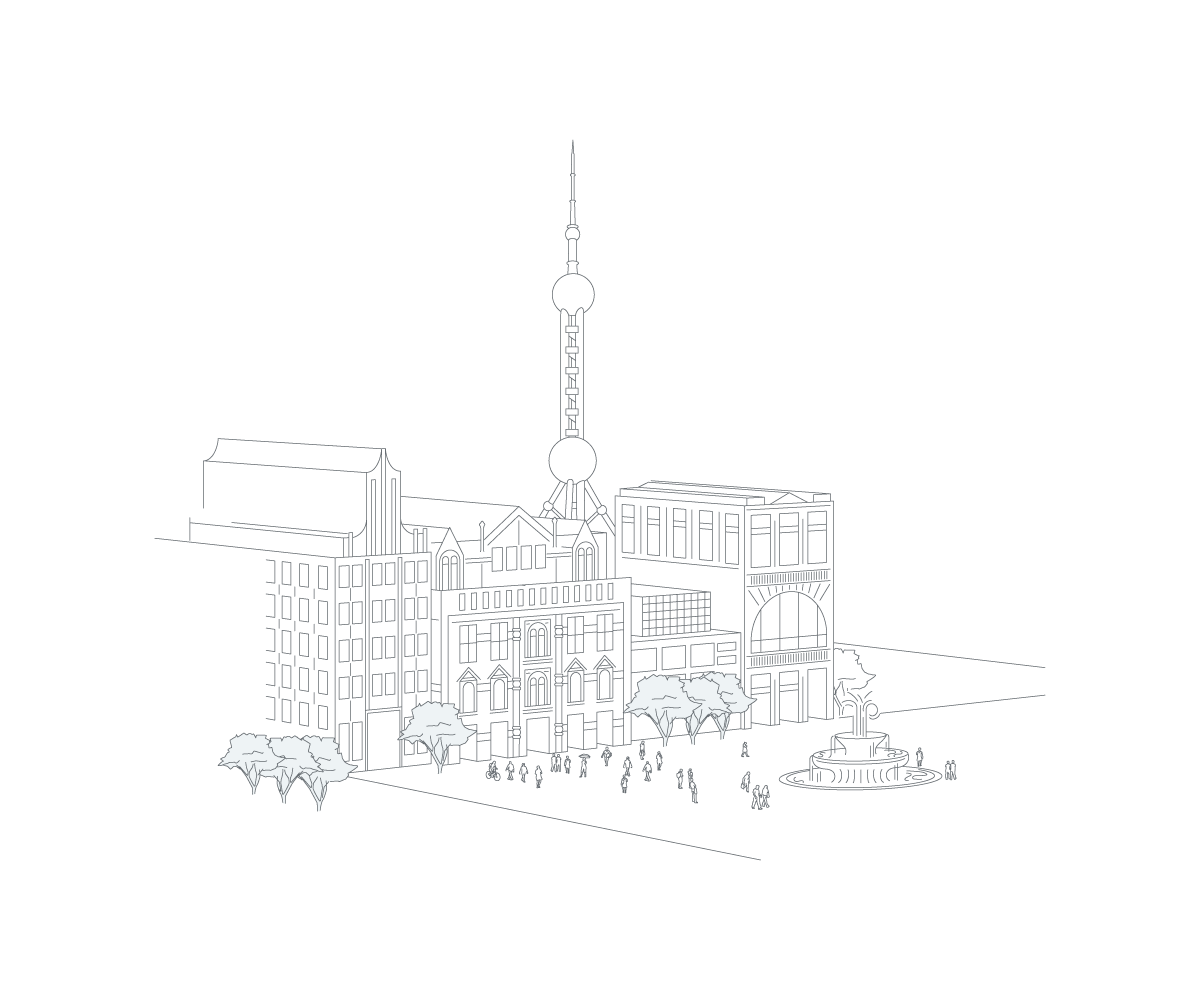
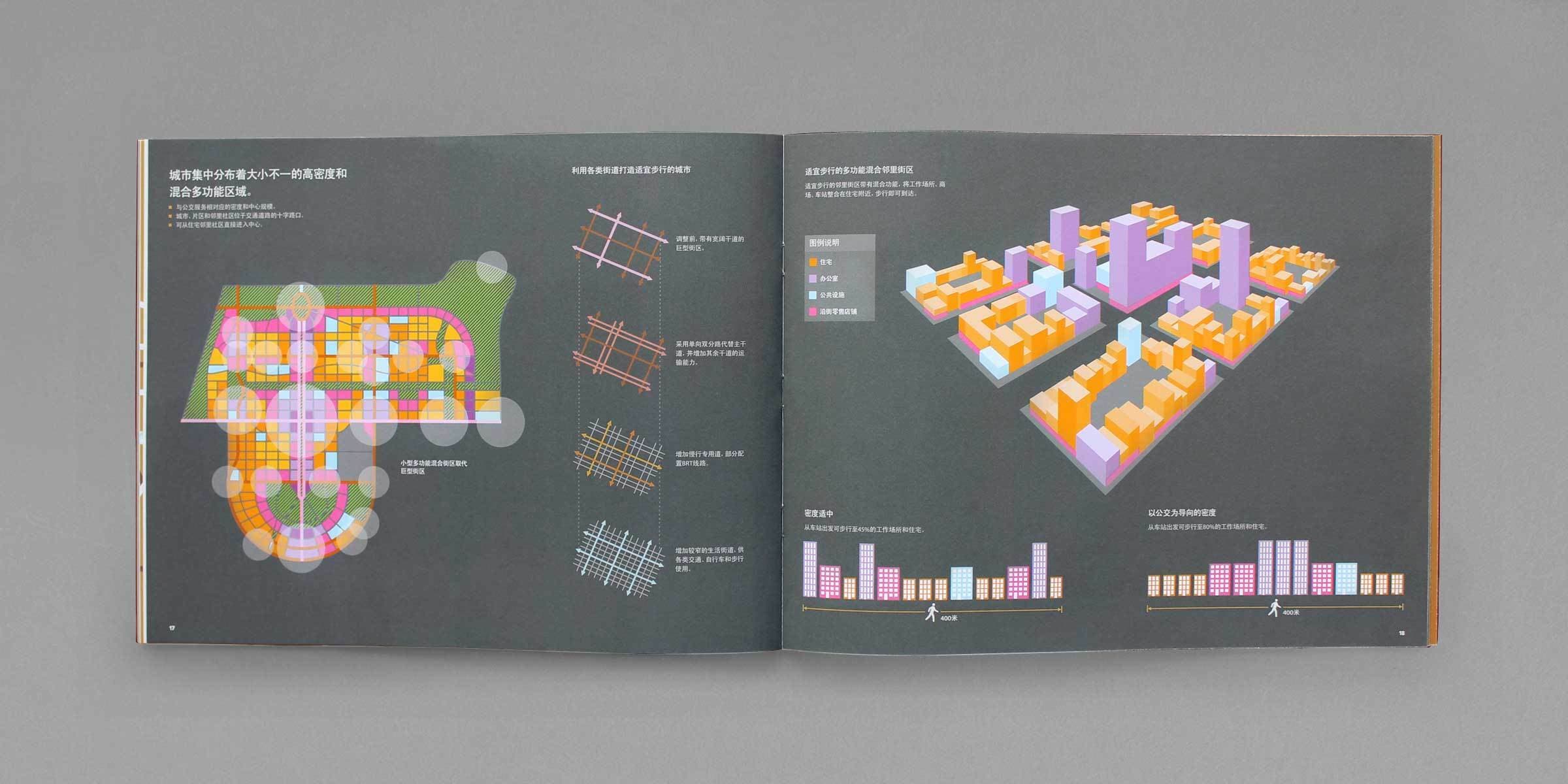
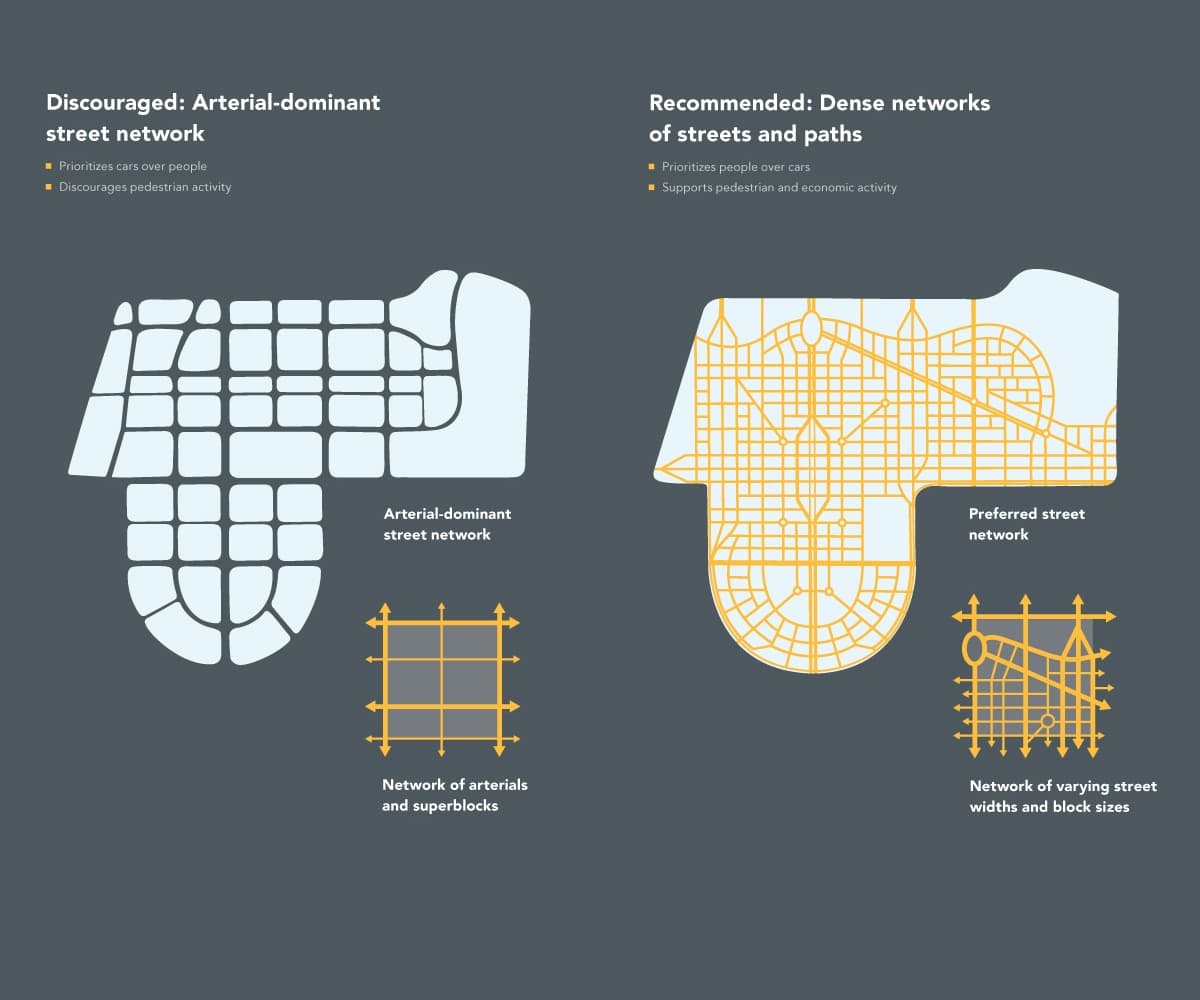
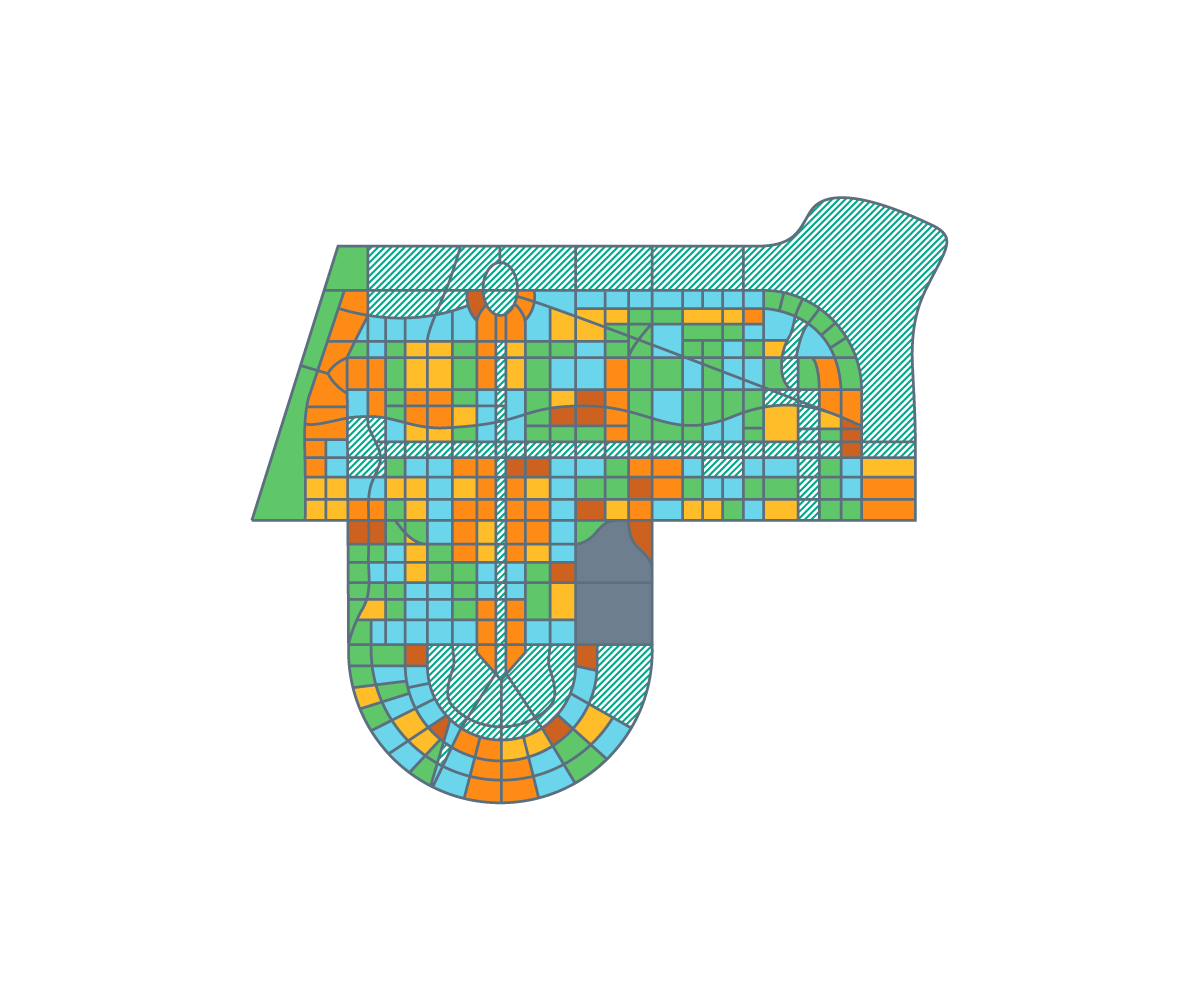
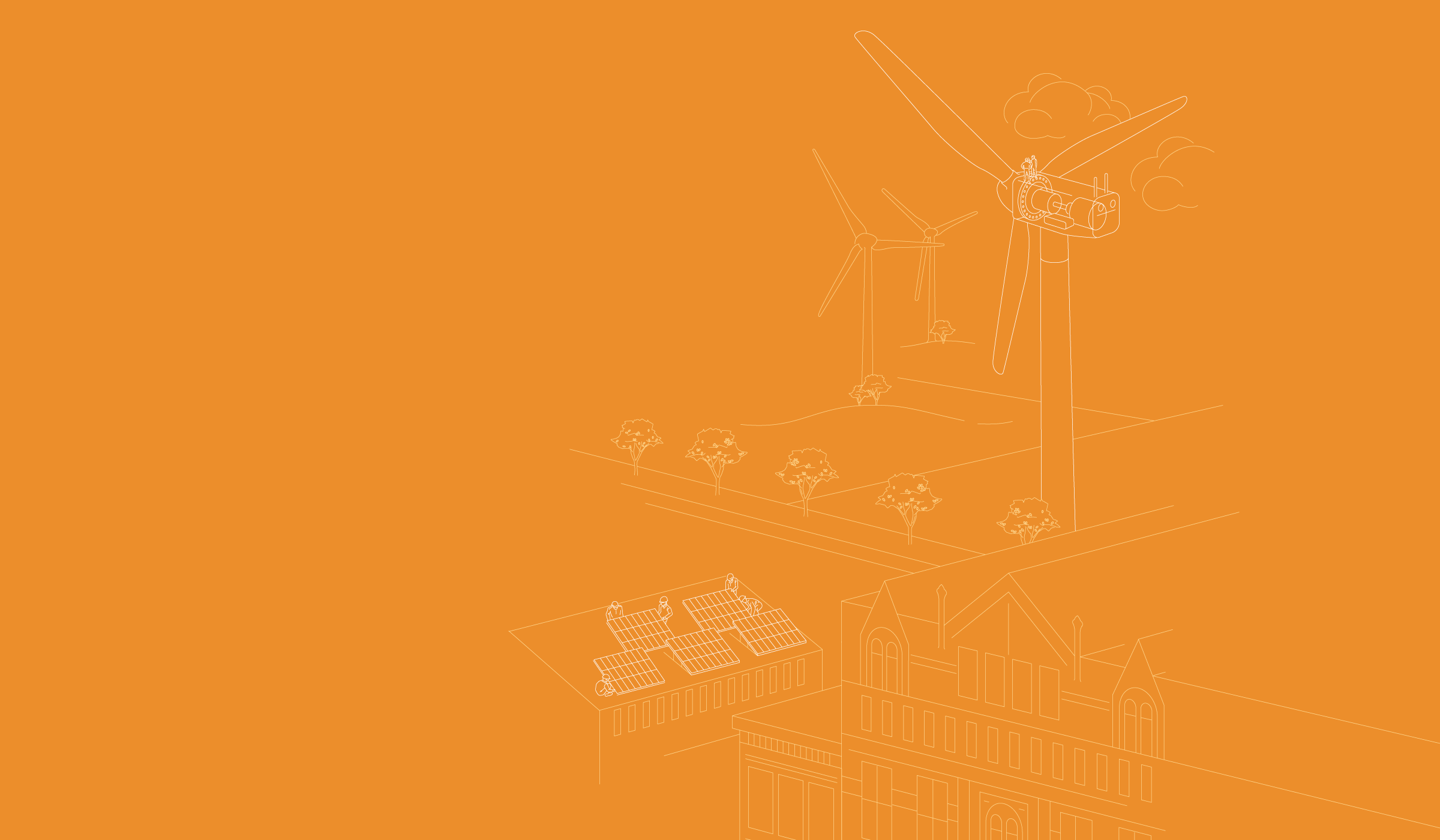
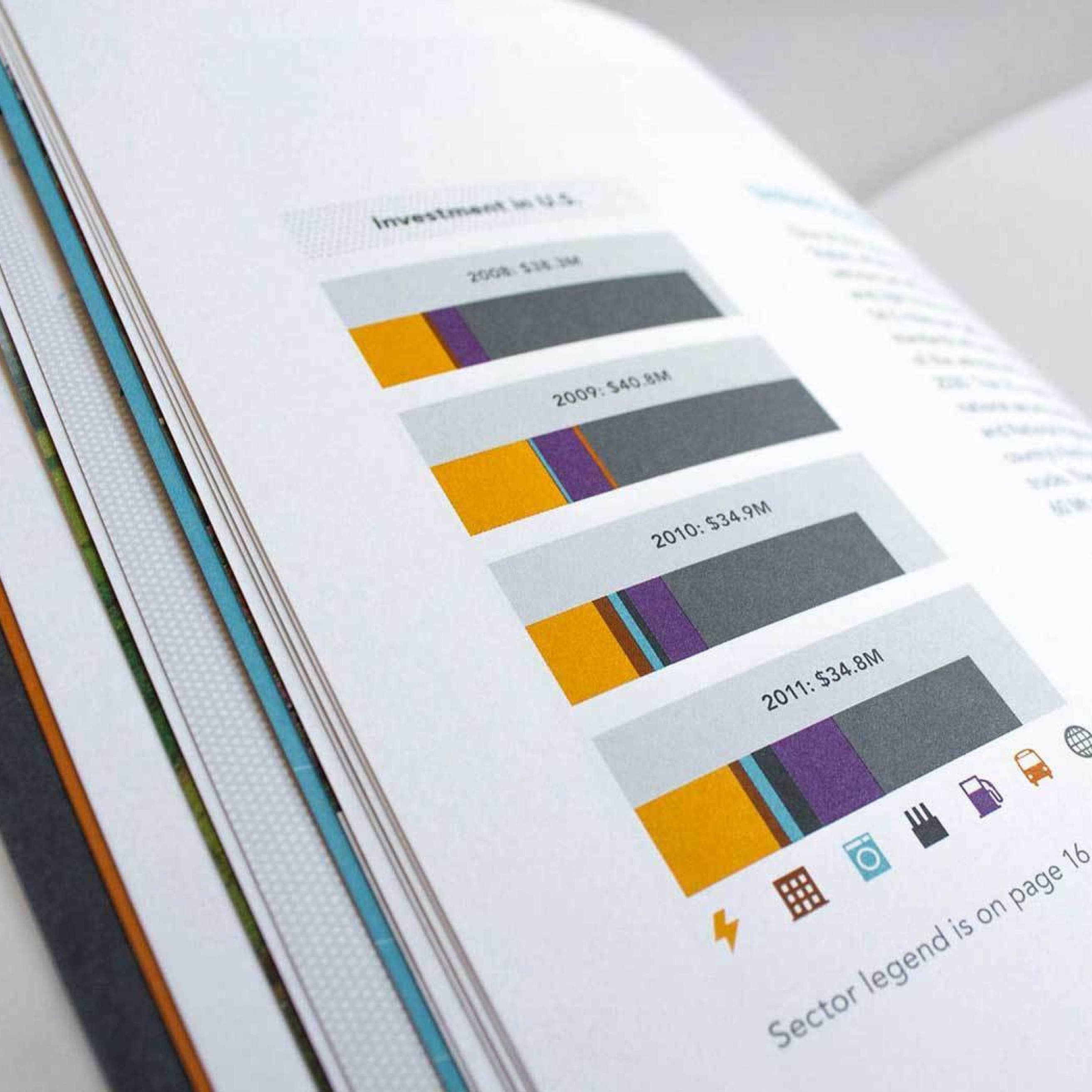
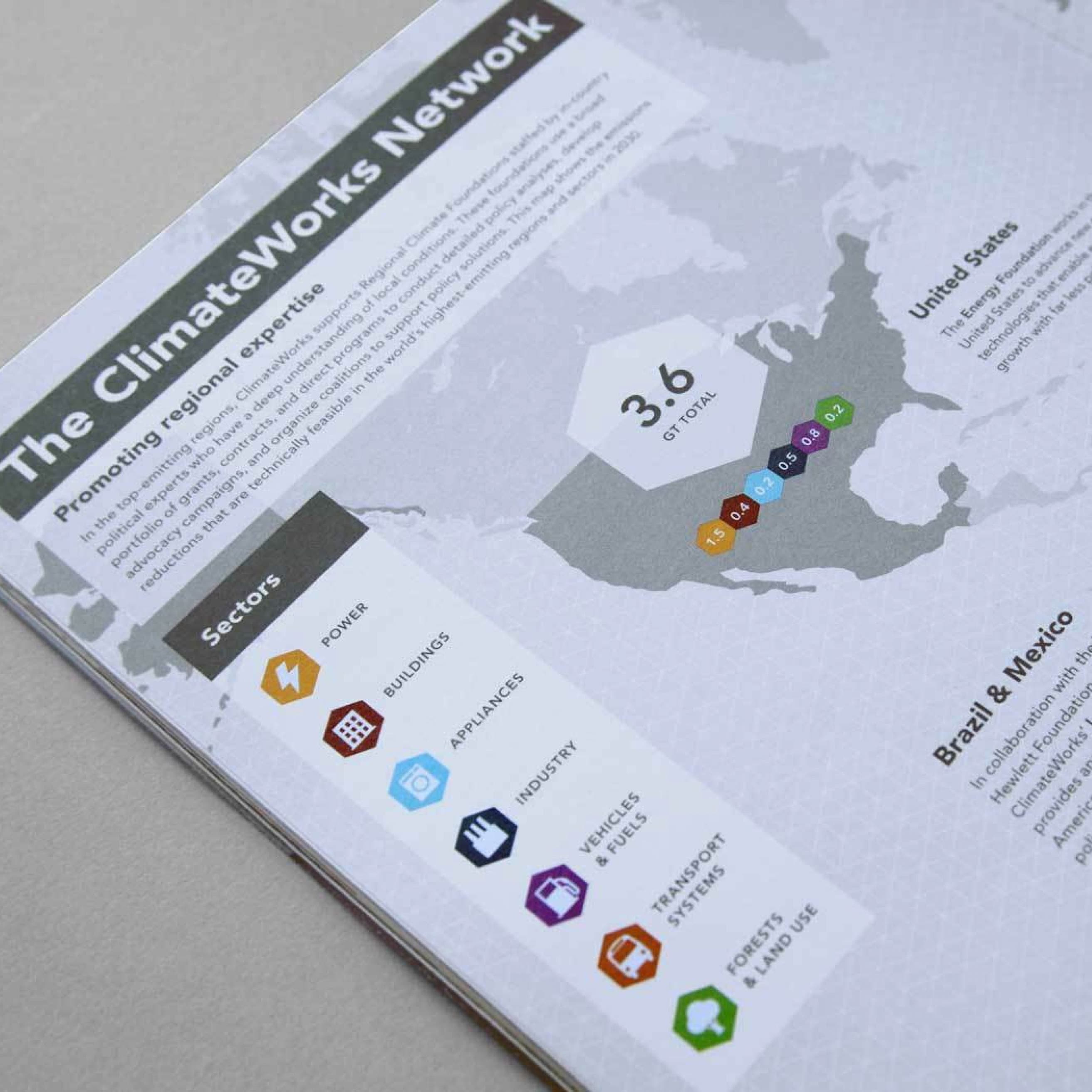
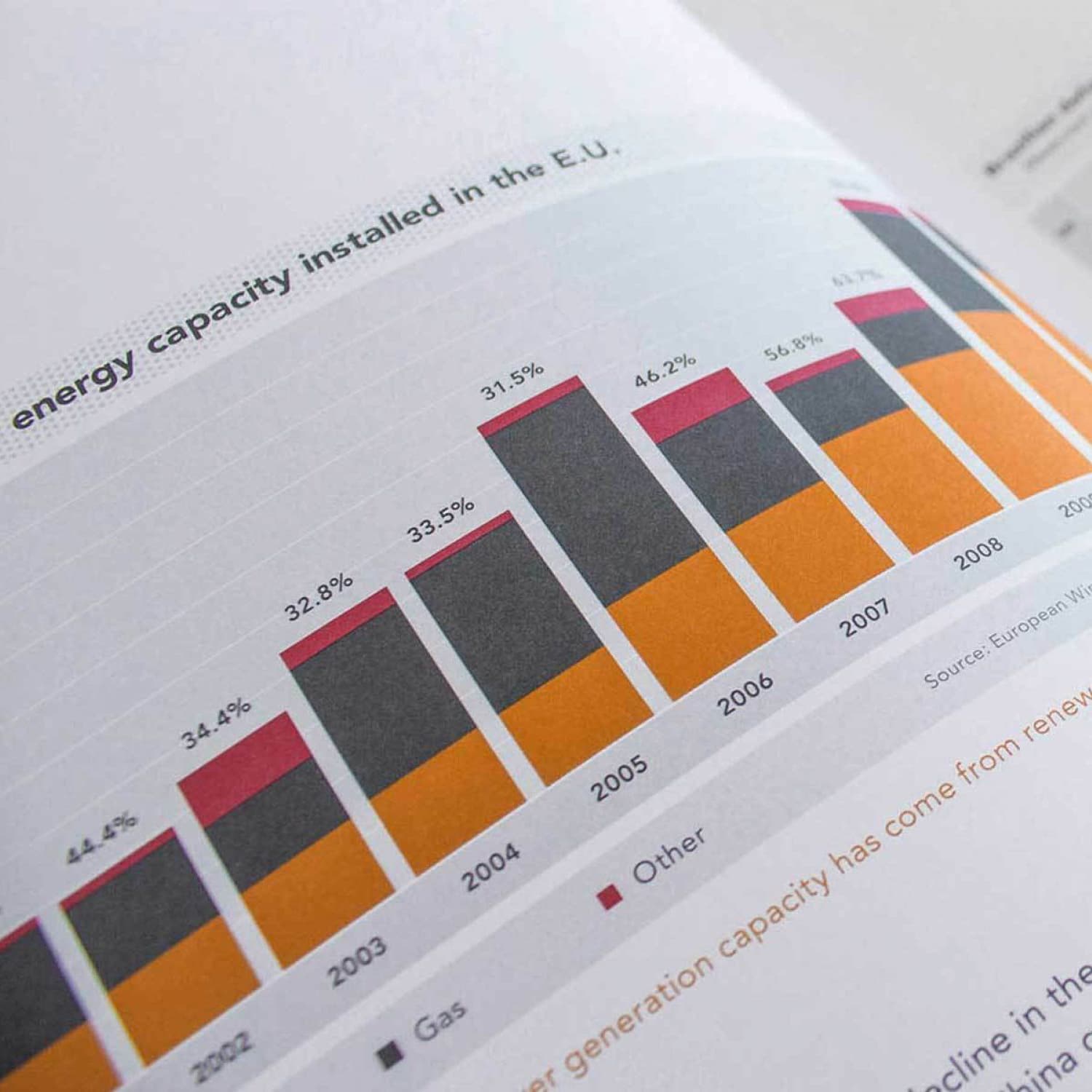
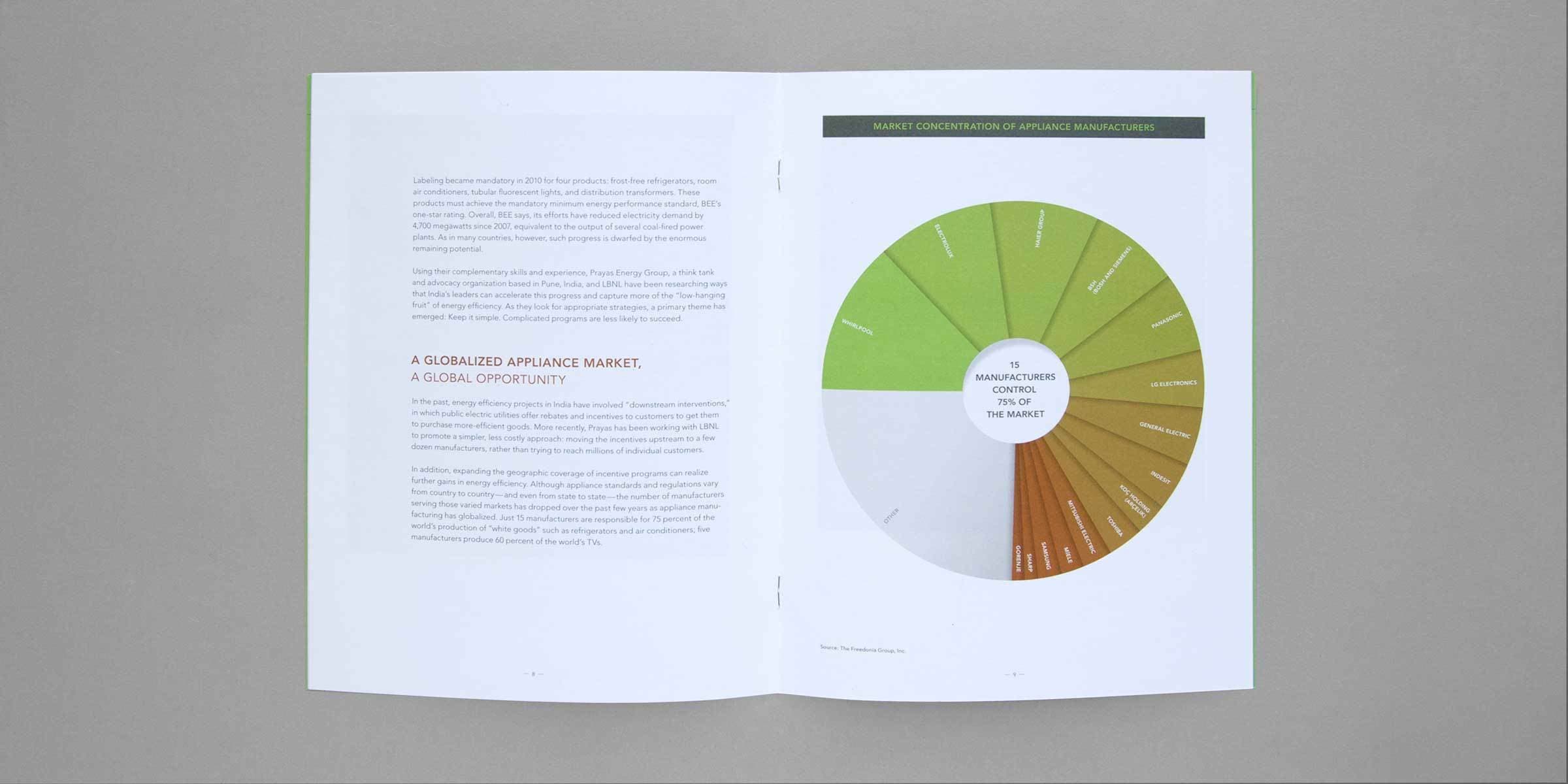

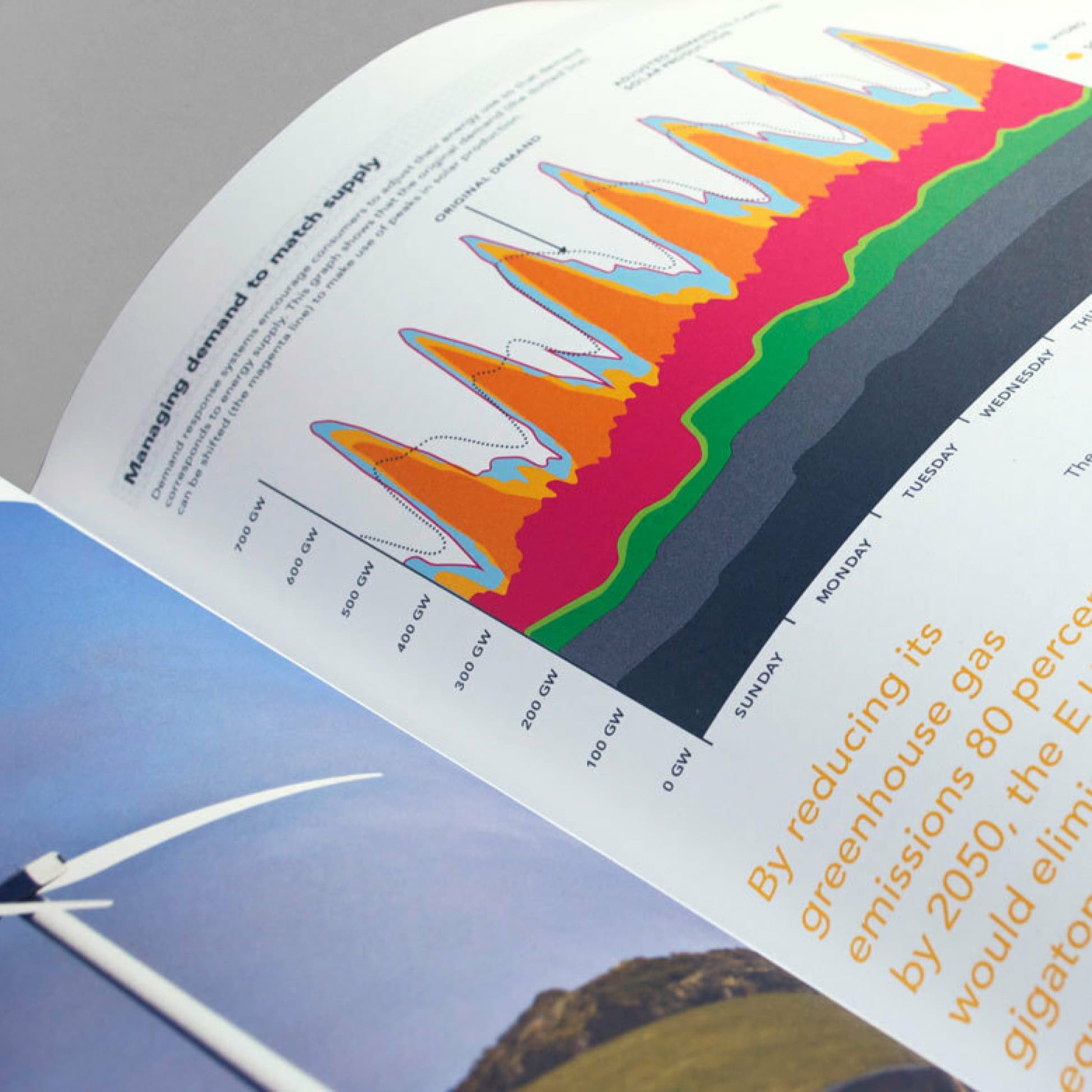
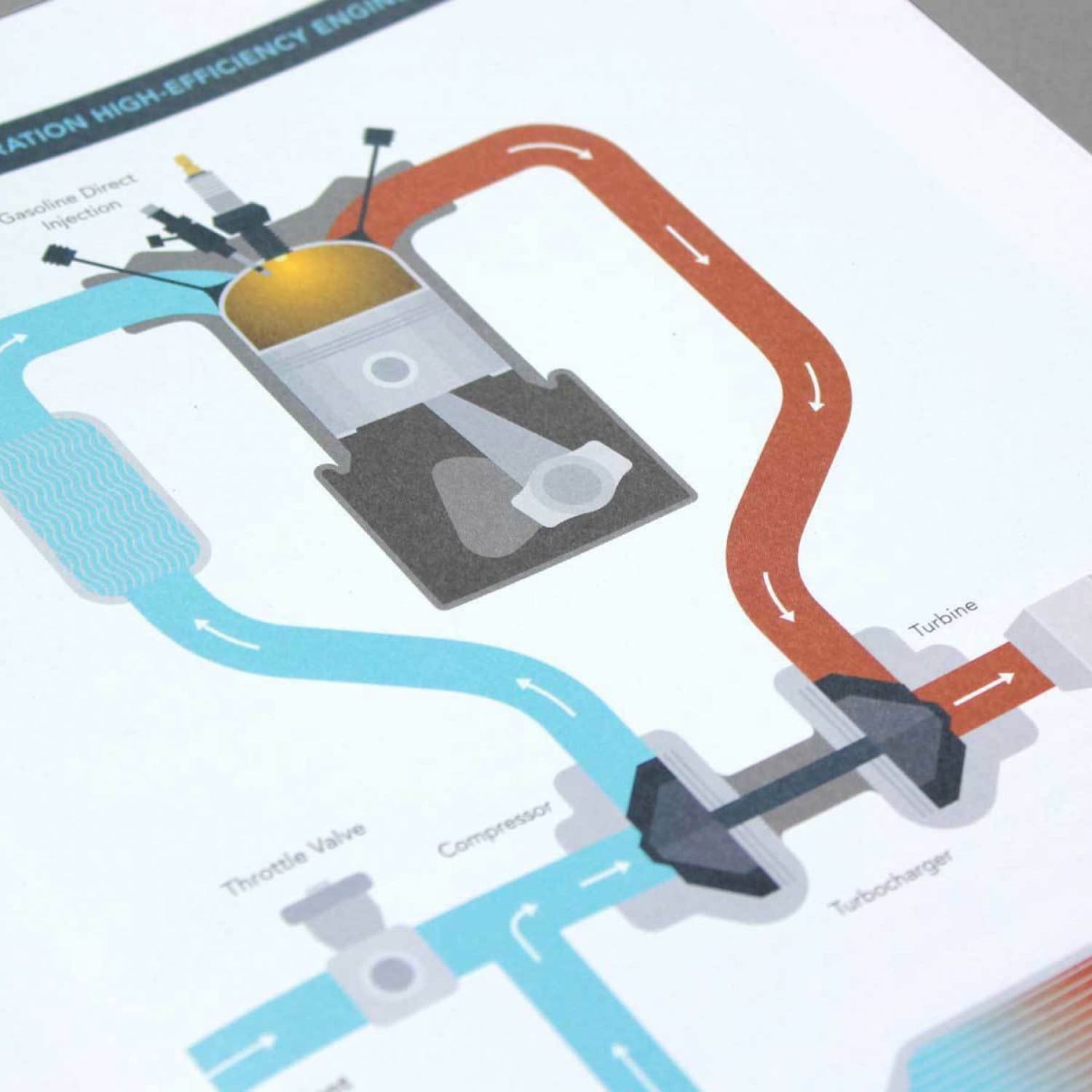
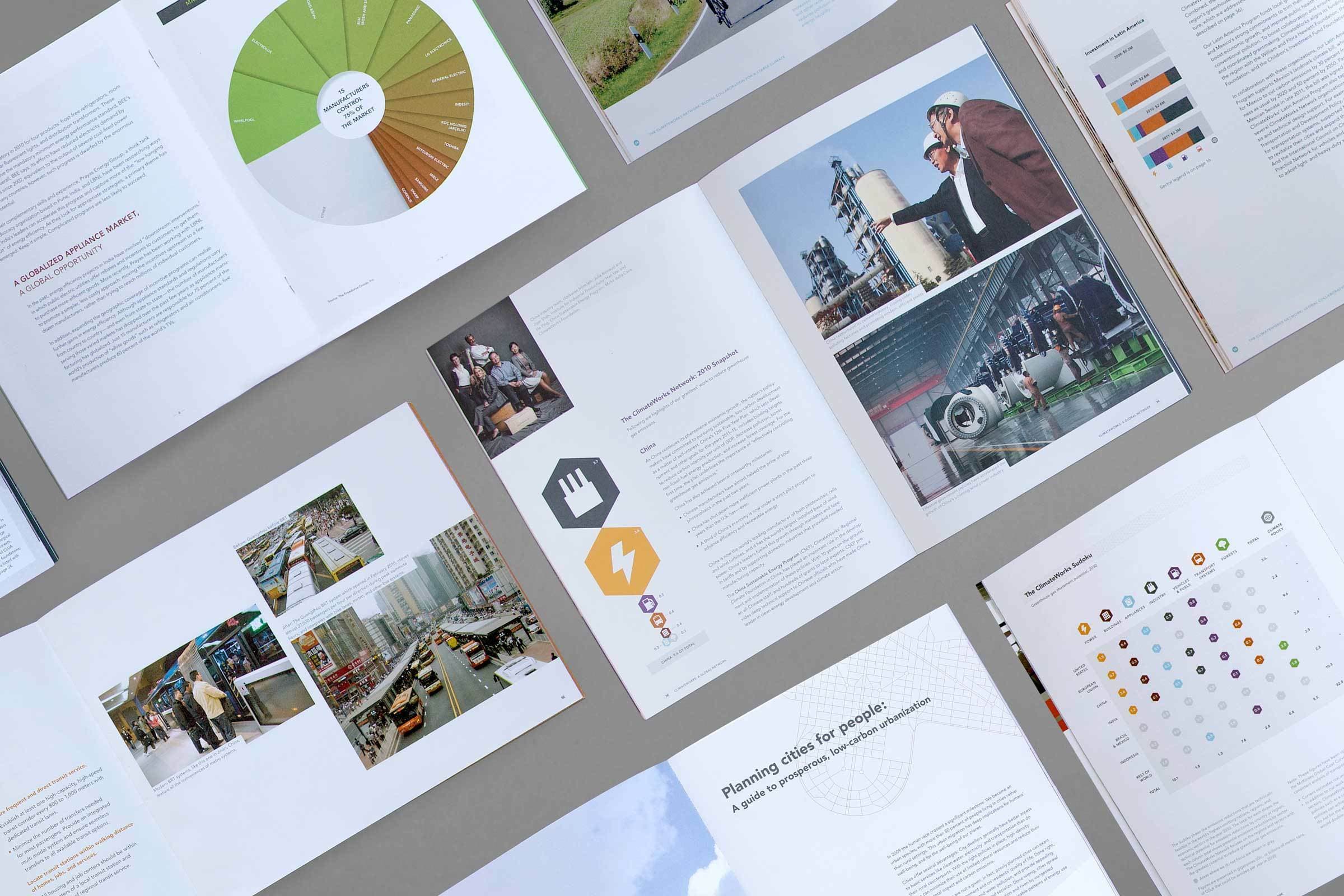
Project Credits
- Deroy Peraza
- Wen Ping Huang
- Jason Lynch
- Eric Fensterheim
- Aymie Spitzer
